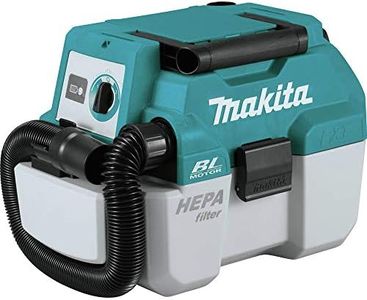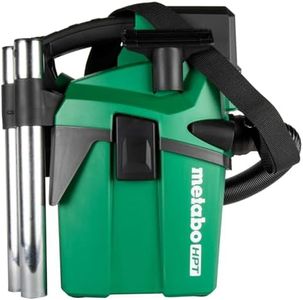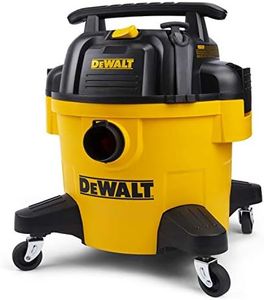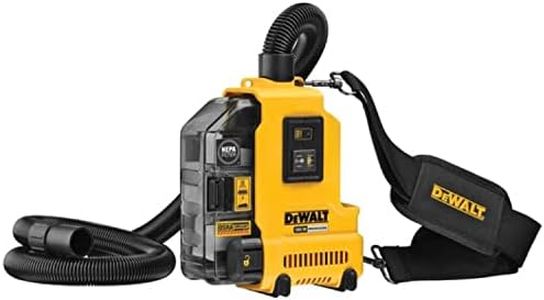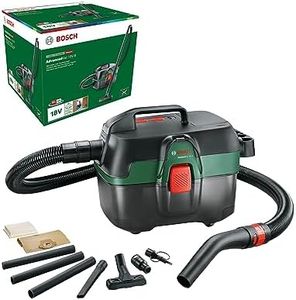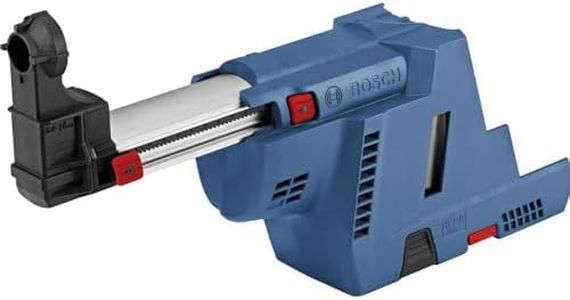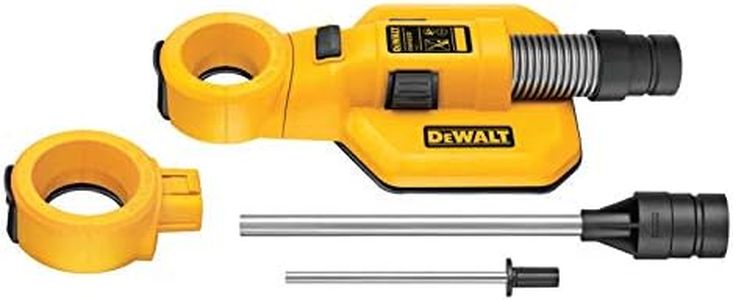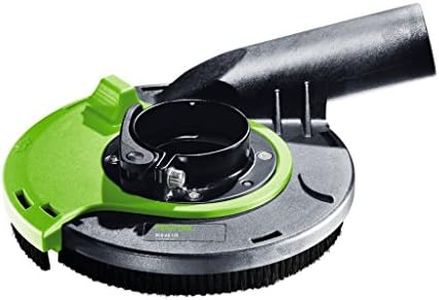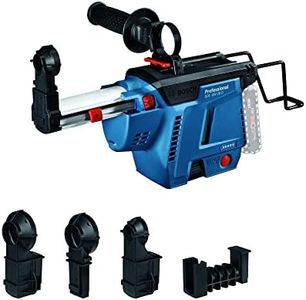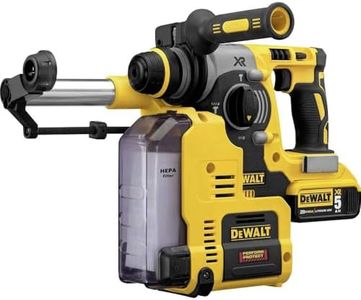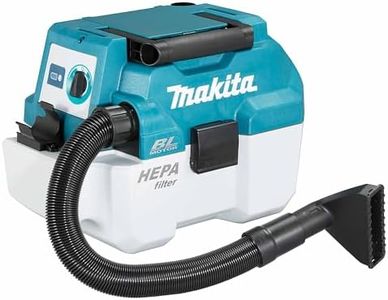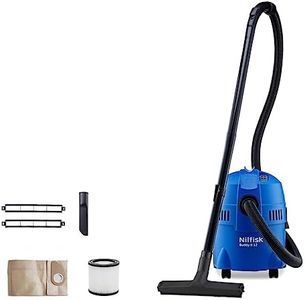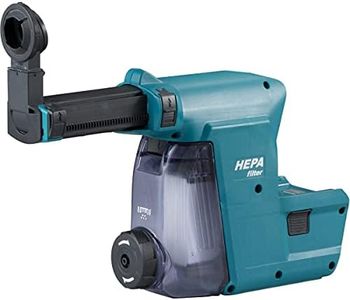We Use CookiesWe use cookies to enhance the security, performance,
functionality and for analytical and promotional activities. By continuing to browse this site you
are agreeing to our privacy policy
10 Best Dust Extractor
From leading brands and best sellers available on the web.Buying Guide for the Best Dust Extractor
Choosing the right dust extractor is essential for keeping your workspace clean, reducing hazards from airborne dust, and protecting the performance and longevity of your tools and health. Different dust extractors fit different needs, from simple applications in the home workshop to demanding, professional environments. Understanding the key features will help you match an extractor to your work habits, materials, and the size of your space.Airflow (CFM - Cubic Feet per Minute)Airflow, measured in cubic feet per minute (CFM), indicates how much air the dust extractor can move. High CFM means the machine can draw in more dust and debris more quickly. For small, handheld tools and occasional use, lower values (under 150 CFM) might suffice. Moderate-duty extractors, useful for small workshops and power tools, generally fall between 150 and 300 CFM. For heavy-duty, professional-grade extractors or collection at multiple points, look for machines over 300 CFM. If you use large saws or sanders, or have several tools running at once, higher CFM is critical. Matching the CFM to the demands of your tools and frequency of use helps ensure you collect dust efficiently without overbuying.
Filter Type and Filtration LevelThe filter type determines the size and kind of particles the dust extractor can trap. Standard filters can catch larger dust and debris, while HEPA (High-Efficiency Particulate Air) filters capture tiny, hazardous particles. For general woodworking or DIY cleanup, a standard cartridge or bag filter may be enough. If you cut MDF, work with drywall, or need to minimize fine dust for health or regulatory reasons, choose a HEPA model. Consider what materials you’ll work with and whether fine dust control is necessary for your safety or the environment.
Tank/Bag CapacityTank or bag capacity tells you how much dust the extractor can hold before you need to empty it. Small, portable extractors may have capacities under 5 gallons—ideal for small jobs or mobile use. Medium-sized units hold 5-15 gallons, suiting most home workshops. Larger capacities, over 15 gallons, suit ongoing commercial work or large shops. Pick a size that won’t leave you constantly emptying the collector, but remember that bigger units are heavier and take up more space.
PortabilityPortability refers to how easy it is to move the dust extractor around. Smaller, lighter models with wheels or integrated handles are good for mobile users, people working on job sites, or moving frequently between tools and rooms. Large, stationary models are best in dedicated shops where the extractor stays in place. Consider your work environment—if you need flexibility, a compact, portable model may be more convenient even if it comes at a cost to capacity.
Noise LevelNoise level, usually rated in decibels (dB), tells you how loud the dust extractor operates. Lower dB values are quieter. For occasional, outdoor, or short bursts of use, noise might not be a concern. In home workshops, shared spaces, or environments where you’ll run the extractor for long periods, choosing a quieter model can reduce fatigue and make your workspace more comfortable. Aim for lower decibel ratings if noise sensitivity is important, even if it means sacrificing a bit of power.
Hose Size and CompatibilityHose size determines what tools the extractor can connect to and how efficiently dust is carried away. Smaller hoses (about 1 to 1.5 inches in diameter) are fine for handheld and portable tools, but can clog more easily with larger debris. Larger hoses (2.5 inches or more) work better with bigger tools and allow for faster dust movement but are less nimble in tight spaces. Consider which tools you own, and check that the extractor’s hose size is compatible or that adapters are available.

